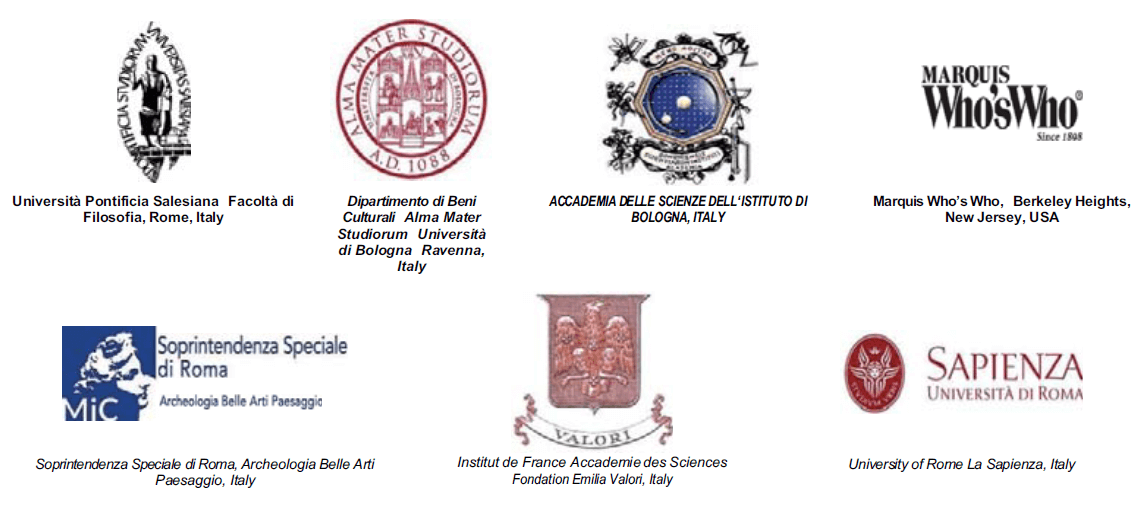Heritage asset in Italian local governements
DOI:
https://doi.org/10.6092/issn.1973-9494/1732Abstract
Culture has always been an important factor for economic development and local attractiveness in European regions and cities. In Italy, there are over 4,100 museums, 1,400 theatres, 11,400 libraries, 6,000 archaeological sites, 367 archaeological areas, 85,000 National Trust churches, and 40,000 historical residences, whose property, traditionally, is entrusted to public administration, and local entities in particular. For this reason it would be particularly interesting to analyze the Italian case in order to assess the political and institutional changes of the cultural public sector which have made it necessary to introduce governmental criteria and adopt methods and instrumentation marked by a logic of economic rationality in the governance of cultural heritage. The present contribution proposes a definition of the political-institutional context in which the Italian cultural “services” are allocated along with an interpretational scheme of analysis regarding the variables relevant to their governance. It also analyzes in depth the dimension of the cultural sector in Italy, in comparison with other European countries, and the effects of the present financial crisis on the amount of resources devoted to Italian local cultural assets.Downloads
How to Cite
Farneti, G., del Sordo, C., & Orelli, R. L. (2009). Heritage asset in Italian local governements. Conservation Science in Cultural Heritage, 9(1), 17–45. https://doi.org/10.6092/issn.1973-9494/1732
Issue
Section
Articles
License
Copyright (c) 2009 Giuseppe Farneti, Carlotta del Sordo, Rebecca Levy Orelli
Copyrights and publishing rights of all the texts on this journal belong to the respective authors without restrictions. Authors grant the journal right of first publication.
This journal is licensed under a Creative Commons Attribution 4.0 International License (full legal code).
See also our Open Access Policy.






